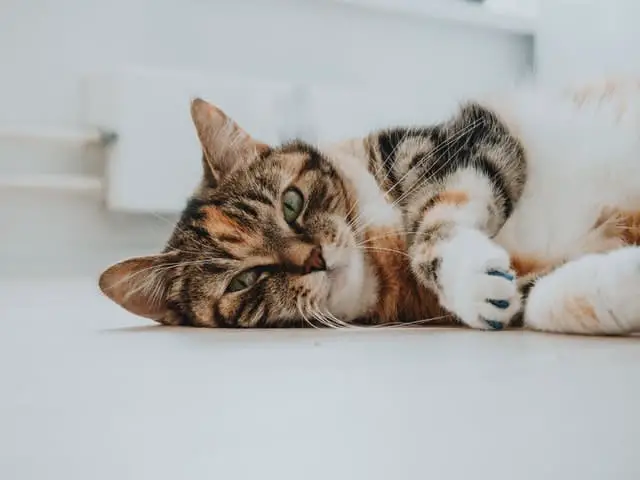
If it is true that the moult takes place in spring and autumn, even with the cold the cat’s hair can undergo changes: let’s see why and how the cat’s hair changes color in winter.
A good owner keeps the health of his cat under control especially by checking the state of his coat: any change in the texture of the hair, color and shine can be symptomatic of something wrong or simply of a completely natural phase. To understand when to worry and what to know if a cat’s coat changes color in winter.
The health of the cat can be seen from the fur: how true it is
If well-being starts from nutrition, we could say that it is equally true that from the coat of our domestic feline we can understand how healthy and fit it is. It is a source of pride for the owner and for the cat itself if the cat’s coat is shiny, well fed and cared for: for this reason we should never neglect its cleanliness and never forget to brush it.
Although the cat licks its coat alone, we should never be superficial about its hygiene also to prevent any infections and diseases. If we always have his coat under control, we will therefore be the first to notice any changes.
It is obvious that the cat’s fur change is quite evident: in a few days it is as if the coat regenerates and changes fur, improving it. And these changes also serve to prepare for the changing seasons : in winter, for example, the hair becomes thicker and softer to protect the animal from the cold. But not only!
The cat’s fur changes color in winter: how it can happen
With the advent of cold weather, the cat’s coat not only gets thicker to offer better protection against low temperatures, but it can also change color. Should we worry if our fur cat changes gradually?
Absolutely not! The outside temperature can affect the color of the coat and make it darker in winter and darker in summer. The thing is even more evident if we are talking about a cat with a single-colored coat or a specimen with long hair, whose tips will change color first. There can also be differences between cats living indoors and cats living outdoors.
If the cat’s fur changes color in winter but it is not the ‘fault’ of the cold

But when the cause of the change in the color of the hair is not the cold, it is important to know all the possible reasons for this change without necessarily thinking of something negative.
- Age : it could simply be the result of time passes. An older cat will tend not to have the same color coat as it was in its youth. In addition to the consistency, therefore also the gradation could change, usually with a few more shades of gray (on the other hand, we humans also have white hair, right?).
- Sterilization : for the operation, the vet usually shaves the part of the hair in the area to be affected. After the cat has been neutered, the hair will certainly grow back over time, but the color of that part of the coat may be slightly different from the rest and probably darker.
- Diseases : diseases related to the kidney system and liver problems can change the color of the hair. Certainly it will not only be this signal that alarms you but also changes in the eyes and possible secretions. In some cases, the change in color of the hair in winter may be due to the lack of a particular enzyme, tyrosine, which tends to make the hair yellow or red.






